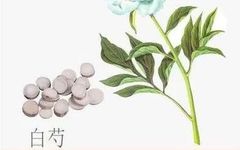Bai Shao (White Peony)
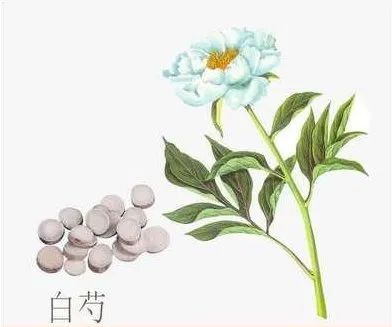
•
✦
Alias
✦
•
Bai Shao Yao (White Peony Root), Jin Shao Yao (Golden Peony), etc.
•
✦
Source
✦
•
Roots of the peony plant (cultivated variety) and hairy peony. Harvest the roots of 3-4 year old plants in September-October, remove the above-ground stems and soil, wash with water, boil in water for 5-15 minutes until there is no hard core, scrape off the skin with a bamboo knife, and dry in the sun or slice and dry.
•
✦
Taste and Properties
✦
•
Bitter, sour; cool in nature.
•
✦
Meridians Entered
✦
•
Enters the Liver and Spleen meridians.
•
✦
Dosage and Administration
✦
•
Internal Use: Decoction, 5-12g; or in pills or powders. Large doses can be used at 15-30g.
•
✦
Functions and Indications
✦
•
Nourishes blood and softens the liver, alleviates pain, and restrains yin and stops sweating. Treats chest and abdominal pain, dysentery with abdominal pain, spontaneous sweating, night sweats, yin deficiency with fever, irregular menstruation, metrorrhagia, and leukorrhea.


•
✦
Commentaries from Various Schools
✦
•
✿ “Bencao Tujing”: “Peony has roots of both red and white colors. Cui Bao’s ‘Ancient and Modern Annotations’ states that there are two types of peony: grass peony and tree peony. The tree type has larger flowers and deeper colors, commonly called peony, but it is not. Ancient texts also mention the method of consuming peony roots, stating there are two types: Jin Shao Yao (Golden Peony) and Mu Shao Yao (Wood Peony). For treating diseases, use Jin Shao Yao, which is white and has more fatty flesh, while Mu Shao Yao is purple and has less flesh. Careful selection is necessary to avoid mistakes. If you wish to consume it, clean and scrape the skin, boil in flowing water for a hundred boils, dry in the shade, and then steam in a wooden steamer covered with clean yellow earth for one day and night, then dry in the shade again.”
✿ “Rihua Zibencao”: “Treats wind and supplements tuberculosis, addresses all women’s diseases, and ailments before and after childbirth, regulates menstruation, reduces fever and restlessness, boosts qi, treats epidemic heat diseases, pestilence, and madness, women’s blood circulation, intestinal wind with blood diarrhea, hemorrhoids, sores, headaches, improves vision, red eyes, and pterygium.”
✿ “Dian Nan Bencao”: “Drains heat from the spleen, stops abdominal pain, stops diarrhea, restrains liver qi counterflow pain, nourishes the heart, liver, and spleen blood, smooths the meridians, and descends qi, alleviating liver qi pain.”
✿ “Yaoxing Lun”: “Treats lung evil qi, abdominal pain, blood and qi stagnation, opens and regulates the viscera, treats evil pain and blood stasis, addresses seasonal diseases with bone heat, strengthens the five organs, supplements kidney qi, treats abdominal distension, women’s blood blockage, and dissipates blood stasis, can dissolve pus.”
✿ “Bielu”: “Smooths blood vessels, alleviates pain, disperses stagnant blood, expels water qi, benefits the bladder, large and small intestines, dissipates swellings, treats seasonal cold and heat, and abdominal pain from evil.”
✿ “Bencao Jing”: “Addresses evil qi abdominal pain, eliminates blood stasis, breaks up accumulations, treats cold and heat hernias, alleviates pain, benefits urination, and boosts qi.”


•
✦
Selected Formulas
✦
•
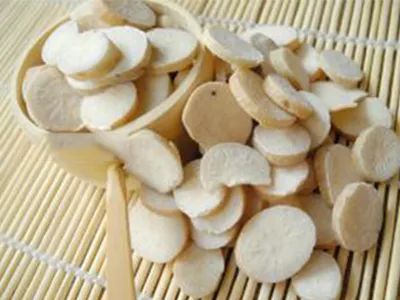
✿ Treating Women’s Side Pain:
Xiang Fu Zi (Cyperus Rotundus) 4 liang (two bowls of yellow vinegar, 1 liang of salt, boil until dry), Rou Gui (Cinnamon), Yan Hu Suo (Corydalis), Bai Shao Yao (White Peony). Grind into a fine powder, take 2 qian each time, mix with boiling water, and take at any time. (Zhu’s Collection of Verified Medical Formulas – Shao Yao Decoction)
✿ Treating Postpartum Blood Qi Attacking the Heart and Abdominal Pain:
Bai Shao Yao 2 liang, Gui (remove coarse skin), Gan Cao (Licorice, roasted) each 1 liang. Mix the three ingredients, coarsely crush and sift, take 3 qian each time, with one cup of water, decoct to 7 parts, remove dregs, and take warm, no time restriction. (Sheng Ji Zong Lu – Shao Yao Decoction)
✿ Treating Dysmenorrhea:
Bai Shao Yao 2 liang, Gan Jiang (Dried Ginger) 8 qian. Grind into a fine powder, divide into eight packets, take one packet daily during menstruation, with yellow wine as a guide, for three consecutive weeks. (Inner Mongolia – Selected Materials on New Medical Methods of Chinese Herbal Medicine)
✿ Treating Women’s Chronic Red and White Discharge:
Bai Shao Yao 3 large liang, Gan Jiang 0.5 large liang. Grind finely, boil until yellow, crush and sift. On an empty stomach, mix with juice and take 2 qian each time, twice a day. (Guang Li Fang)
✿ Treating Edema and Pain in the Feet:
Bai Shao Yao 6 liang, Gan Cao 1 liang. Grind into a powder, take with white soup. (Sui Shi Guang Ji)
✿ Treating Wind Poison and Bone Marrow Pain:
Bai Shao Yao 2 fen, Hu Gu (Tiger Bone) 1 liang (roasted). Grind into a powder, place in a silk bag, soak in 3 sheng of wine for five days. Take 3 he each time, three times a day. (Experience After Formulas)
✿ Treating Women’s Chronic Red and White Discharge:
Bai Shao Yao 3 large liang, Gan Jiang 0.5 large liang. Grind finely, boil until yellow, crush and sift. On an empty stomach, mix with juice and take 2 qian each time, twice a day. (Guang Li Fang)


•
✦
Precautions
✦
•
▶ Not suitable for use alone in cases of deficiency and cold.
▶ Not suitable for use with Li Lu (Veratrum).
▶ It is recommended to use under the guidance of a physician.
Copyright Notice:Article compiled from China Traditional Chinese Medicine News and “Dictionary of Chinese Herbal Medicine”, copyright belongs to the original author, infringement will be deleted.
Previous Recommendations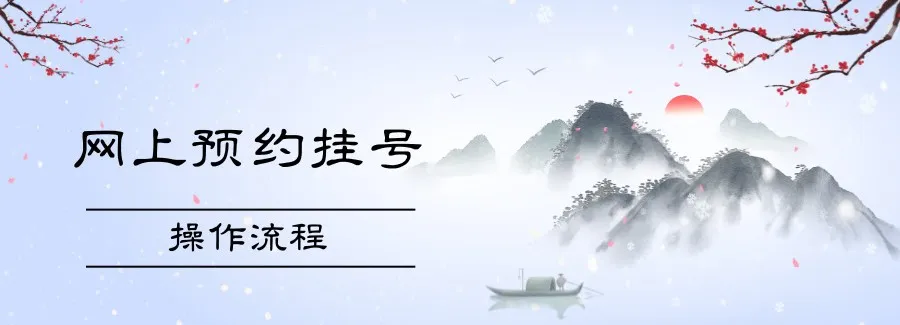
Improving Medical Experience, Enhancing Patient Experience (1): Online Appointment Registration
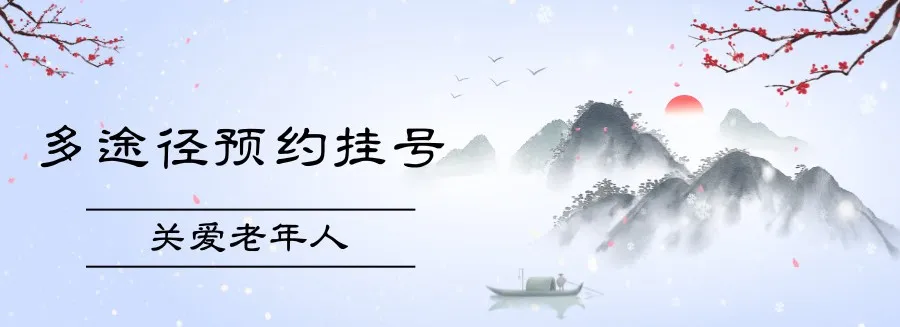
Improving Medical Experience, Enhancing Patient Experience (2): Multiple Appointment Registration Methods

[Collection] Jiangxi Province Traditional Chinese Medicine Medical Route is Here!
Affiliated Hospital of Jiangxi University of Traditional Chinese Medicine Outpatient DepartmentEditor: Wan LihongInitial Review: Zhang Yuhong, Guo XiaohuaFinal Review: Meng ShufanSubmission Email: [email protected]Contact Number: 0791—86361236We welcome everyone to actively submit articles

Follow Me to Get
More Health

